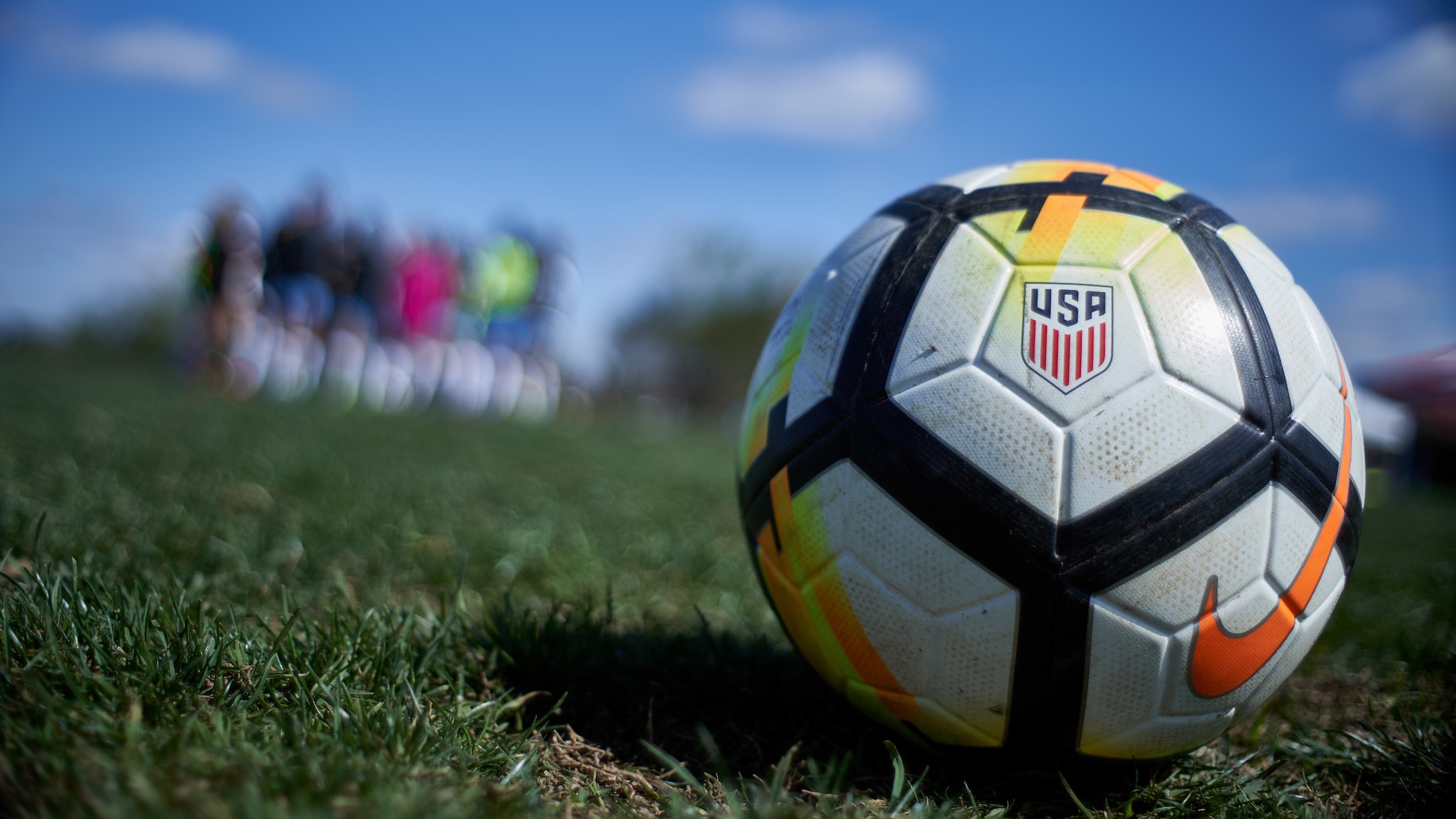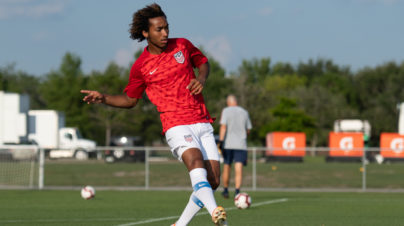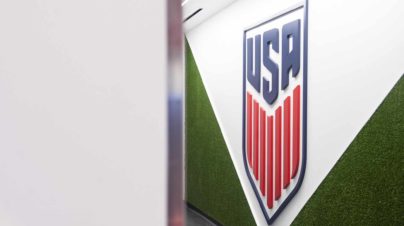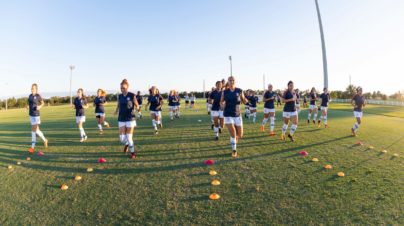U.S. Soccer to collaborate with six DA clubs for bio-banding event in Southern California

CHICAGO – As part of its continued efforts to support player development, the U.S. Soccer High Performance Department will collaborate with six Development Academy clubs in Southern California to host its second bio-banding event from Jan. 11-12 at the Silverlakes Sports Complex in Norco, Calif.
Following the groundbreaking introduction of U.S. Soccer’s bio-banding initiative in 2018, this year’s event doubles the number of teams involved, including three Major League Soccer academy programs. Sixteen teams formed by biological age, eight for each gender, will compete in two 80-minute games following Development Academy standards.
Real So Cal and San Diego Surf will field both boys’ and girls’ teams at the event. LAFC and Pateadores will also compete on the boys’ side, while LA Galaxy and San Jose Earthquakes round out the girls’ participants.
Bio-banding allows players to be grouped based on their individual maturity and biological age rather than chronological age alone. This process removes the massive swings in maturity that can be seen with normal chronological age-groupings in youth sports. By putting players together based on maturity, the physical advantages that early-maturing players have in comparison to less-mature players are reduced and allow for optimal development for both early- and later-developing players.
- READ: Bio-Banding FAQ
- WATCH: Bio-Banding Explained
“We’re excited to continue to be a leader in this important, often misunderstood area of player development,” said Tom Hicks, U.S. Soccer High Performance senior manager. “We’re especially excited about our impact in the Girls’ Development Academy, where no research existed prior to our 2018 event. Since we introduced this initiative, there has been remarkable interest and commitment to introduce better education, policies and processes to support players’ development in both the Development Academy and the greater American sporting landscape.”
Each participating club will form two bio-banded teams, grouped by similar maturity status made up of players from their U-14 to U-17 rosters. U.S. Soccer Sport Scientists visited all eight clubs during the fall season to take biological age measurements, providing the data for clubs to select their bio-banded teams.
It marks the largest single soccer bio-banded event in the world and just the second bio-banded event of its kind in the United States.
International experts in the research and application of growth and maturation will attend the event to see the bio-banding initiative in action, while representatives from English Premier League clubs Bournemouth FC and Southampton FC will be on-hand to learn more about bio-banding in the United States and share insights of its implementation in England.
“All coaches and parents recognize that young soccer players develop their physical attributes at different rates. However, the significant effect that this can have on athletes’ ability to reach their full potential has always been difficult to understand and account for,” Hicks said. “With bio-banding, there is a scientifically accurate, applicable and assessable way to support all clubs, coaches and players in creating an optimal environment to thrive and develop regardless of maturity level.”
As an additional player development tool, bio-banding allows participating Academy club coaches and staff as well as U.S. Soccer Talent Identification to evaluate players in an environment where physical advantages are less prominent. U.S. Soccer High Performance has hosted several educational webinars prior to the event to discuss the program and its benefits. The department will continue to work with all Development Academy clubs looking to expand their player development tools with bio-banding.
A landmark program in all of American youth sports, the bio-banding initiative represents another step for U.S. Soccer in giving later-maturing players a chance to shine and early-maturing players the challenges they need to fully develop. In recent years, U.S. Soccer introduced Futures Camps, which invite later-maturing players as well as players born in the second half of the calendar year to a compete in Youth National Team camps.
In the Development Academy, clubs have the ability to nominate later-maturing players to play with an age group below their chronological age to reduce physical disadvantages and promote individual development. The bio-banding initiative plus the research it has produced has been implemented in U.S. Soccer Coaching Education courses to support the next generation of coaches.




